
IntArray, Array, and emptyList()Learn the difference between IntArray and Array
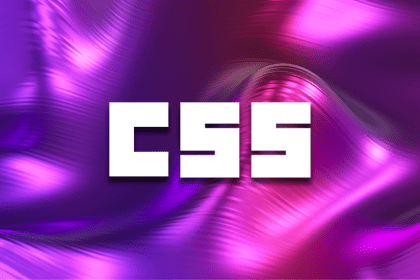
:nth-child and other selectorsExplore how :nth-child and its related selectors allow us to target and style specific elements in an HTML document.
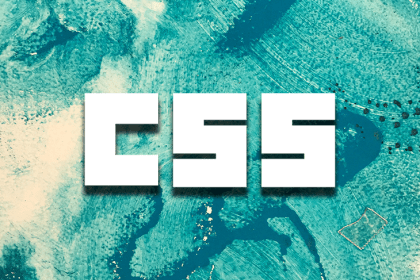
Primer.css helps keep styles consistent. In this article, we will learn about Primer.css, how to use it, and what it takes from BEM.
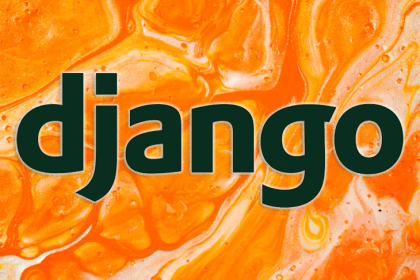
By default, the Django admin interface provides only a list view of data, but, sometimes, it’s helpful to display data in a graphical format using a chart.
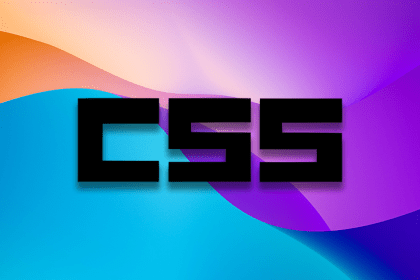
Use the object-view-box CSS property to crop and zoom into images without distorting them or having to use HTML workarounds.
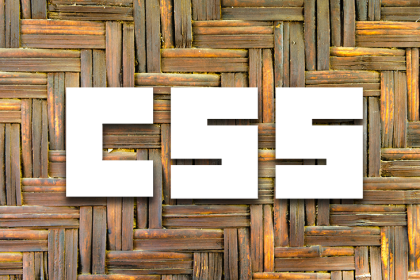
word-wrap, overflow-wrap, and word-breakThis article is an in-depth tutorial on the word-wrap, overflow-wrap, and word-break CSS properties and how to use them.

In this article, we will take a closer look at how you can simplify the implementation of authentication in Next.js by using AWS Amplify.
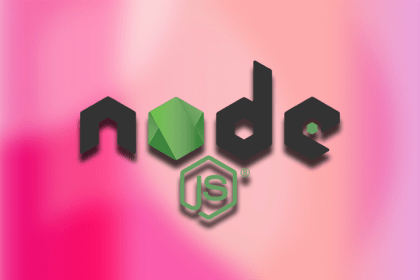
Learn how to use gRPC to communicate between Node.js microservices and test those connections with Postman in this post.

We investigate linting, linting levels, and categories, and demonstrate how to use Clippy to check if Rust code is idiomatic and correct.
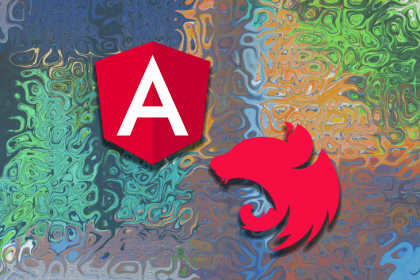
This guide provides a comprehensive understanding of how to use Angular and NestJS to build web applications.

Learn how to display iOS emojis in an Android app in this step-by-step tutorial, standardizing the look and feel of your application.
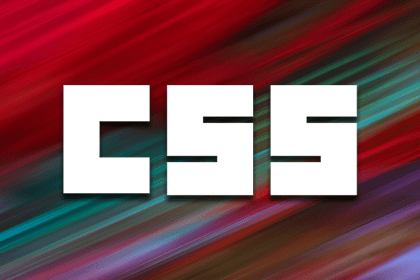
In this article, we’ll look at how missing.css compares to Tailwind CSS and explore examples of both libraries.